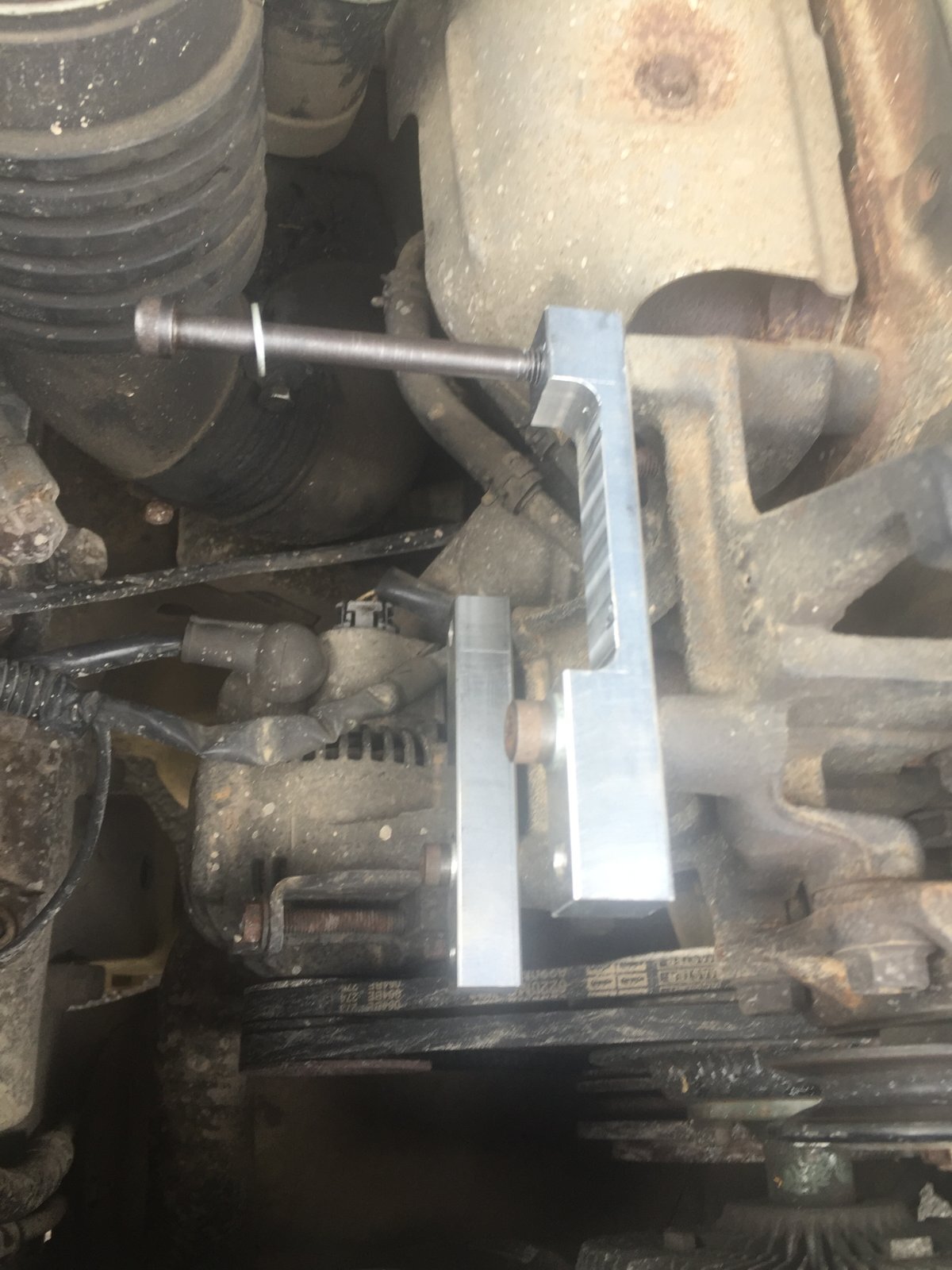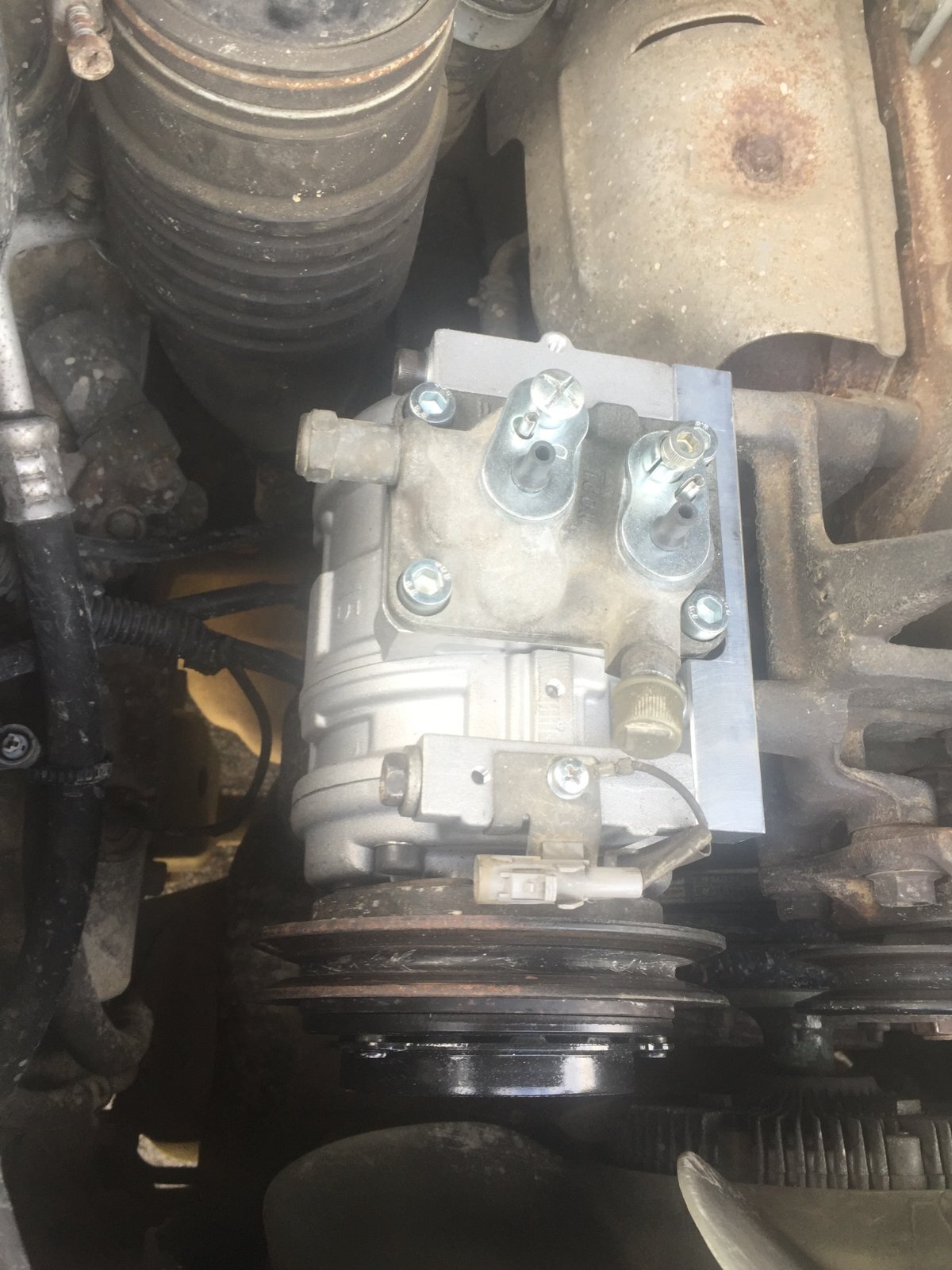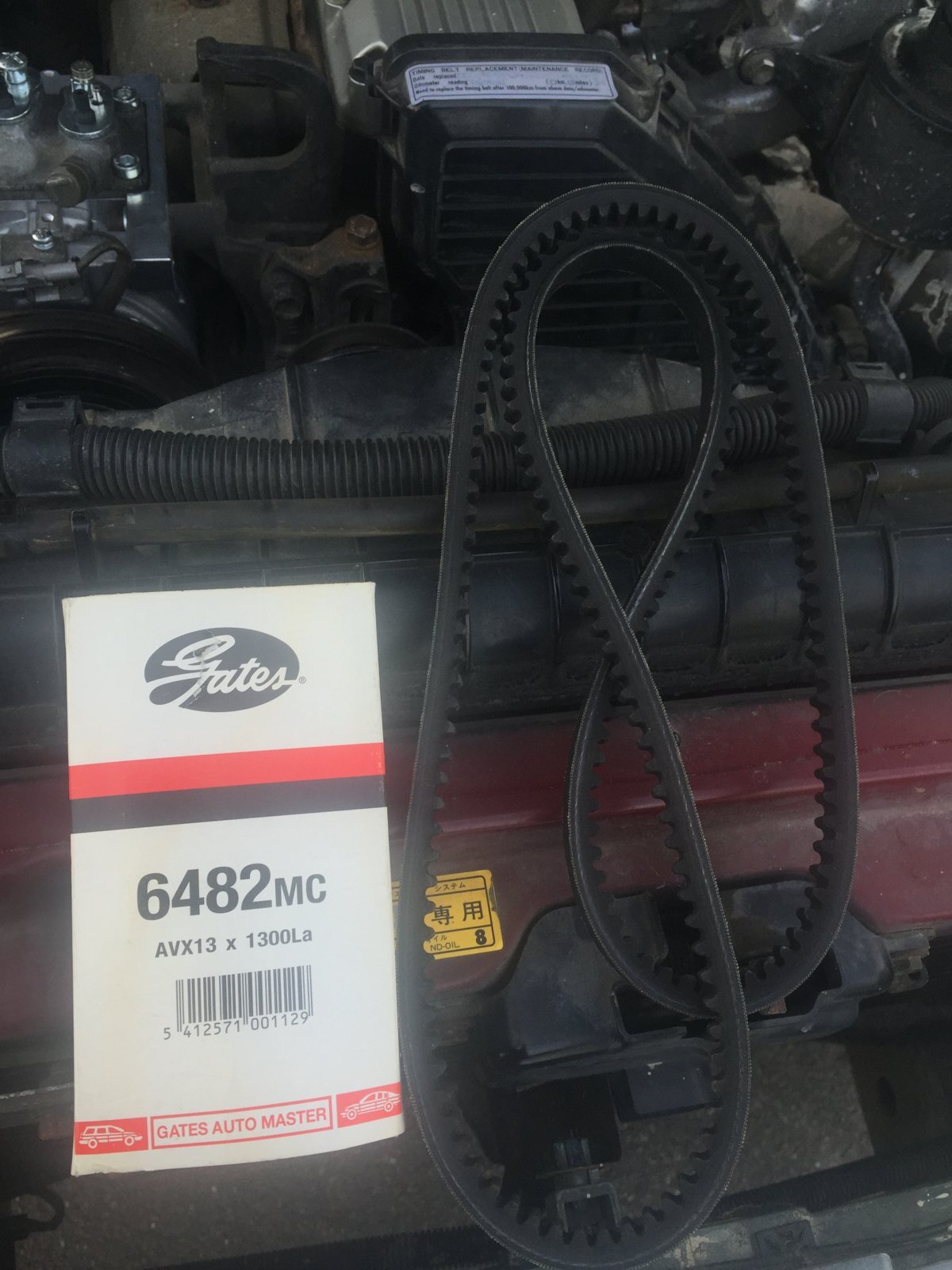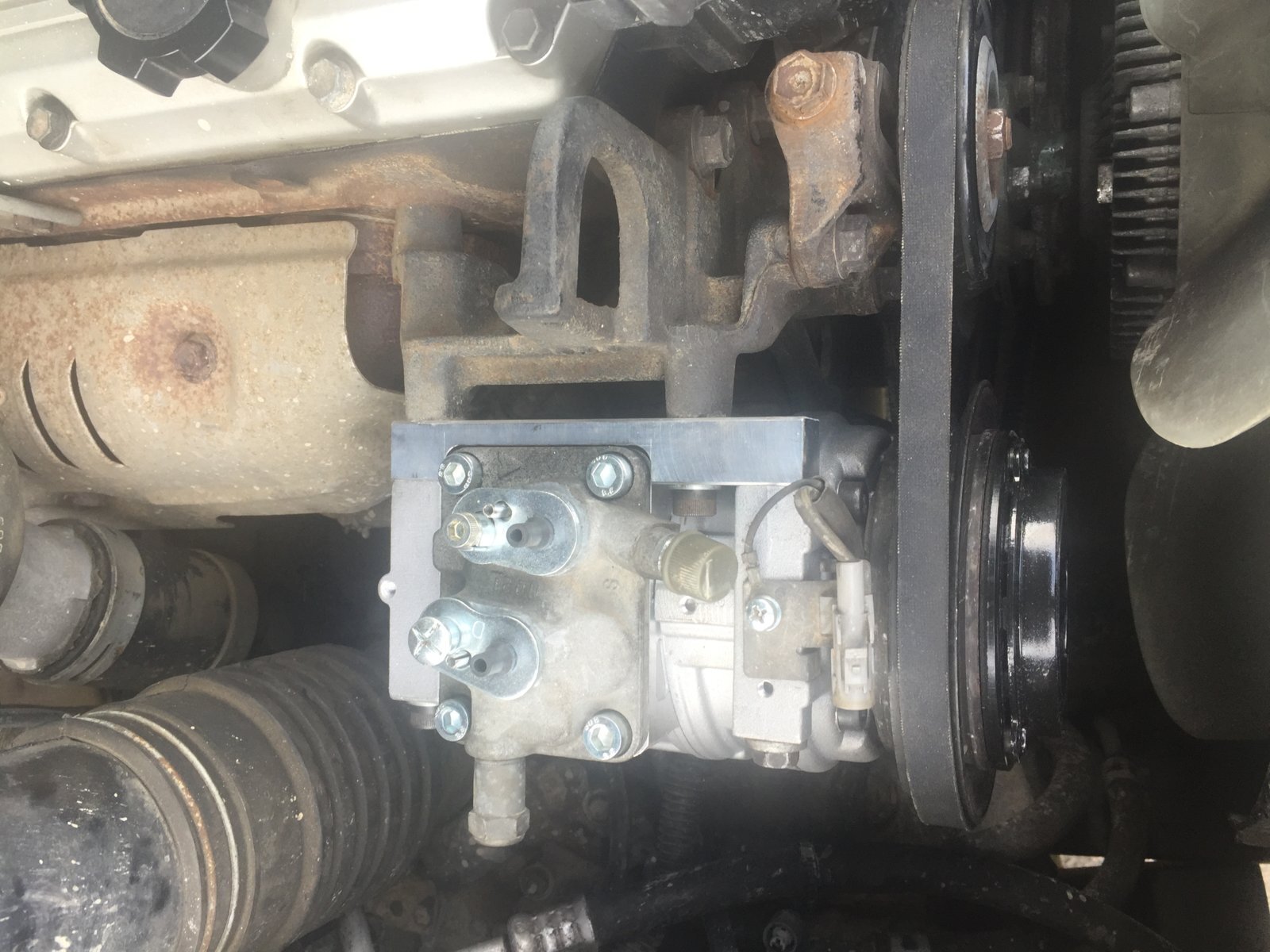On the subject of regassing, I have a local place that I've been very pleased with and they refill for £30 and recharge for £50. They don't repair or anything. Fill at your own risk basically. No guarantees. Well this week they couldn't fit me in. They were too busy to be bothered if truth be known so I had to search around. Found a refrigeration engineer quite close by who does it the old fashioned way with an upside down bottle on a set of scales. Now they charge a straight £45 whatever they do. Which is more, but what a much better service they give. They checked the system over, knew all the common places for leaks - they'd just done an 80 before me as it happens. They can pressure test with helium but it's so expensive that they have reverted to nitrogen. They told me it's not as good as the molecules are large and it doesn't find leaks as well as helium.
All tested and filled and leak checked. Next morning there was clear evidence of a little weeping on the top of the compressor. I rang them. They said bring it back, we'll rescue your gas and fix the leak. Straight round and in, all sucked out and the unions unbolted. They spent some time cleaning, checking and doing the O rings. They the used a sort of liquid aluminium filler on the faces of the unions and said leave it overnight, come back tomorrow and we'll gas it. Cost me an extra £20 so all round I am happy. Very knowledgeable father and son team, Geoff has 40 years in the AC industry. I shall be going there in future.
They can also make up hoses. When pipes go, it's an expensive job especially to say the back of an 80. They have rubber AC hoses and can make up the necessary joints etc so if I get a pipe failure I shall be using them to fix it.
All tested and filled and leak checked. Next morning there was clear evidence of a little weeping on the top of the compressor. I rang them. They said bring it back, we'll rescue your gas and fix the leak. Straight round and in, all sucked out and the unions unbolted. They spent some time cleaning, checking and doing the O rings. They the used a sort of liquid aluminium filler on the faces of the unions and said leave it overnight, come back tomorrow and we'll gas it. Cost me an extra £20 so all round I am happy. Very knowledgeable father and son team, Geoff has 40 years in the AC industry. I shall be going there in future.
They can also make up hoses. When pipes go, it's an expensive job especially to say the back of an 80. They have rubber AC hoses and can make up the necessary joints etc so if I get a pipe failure I shall be using them to fix it.








